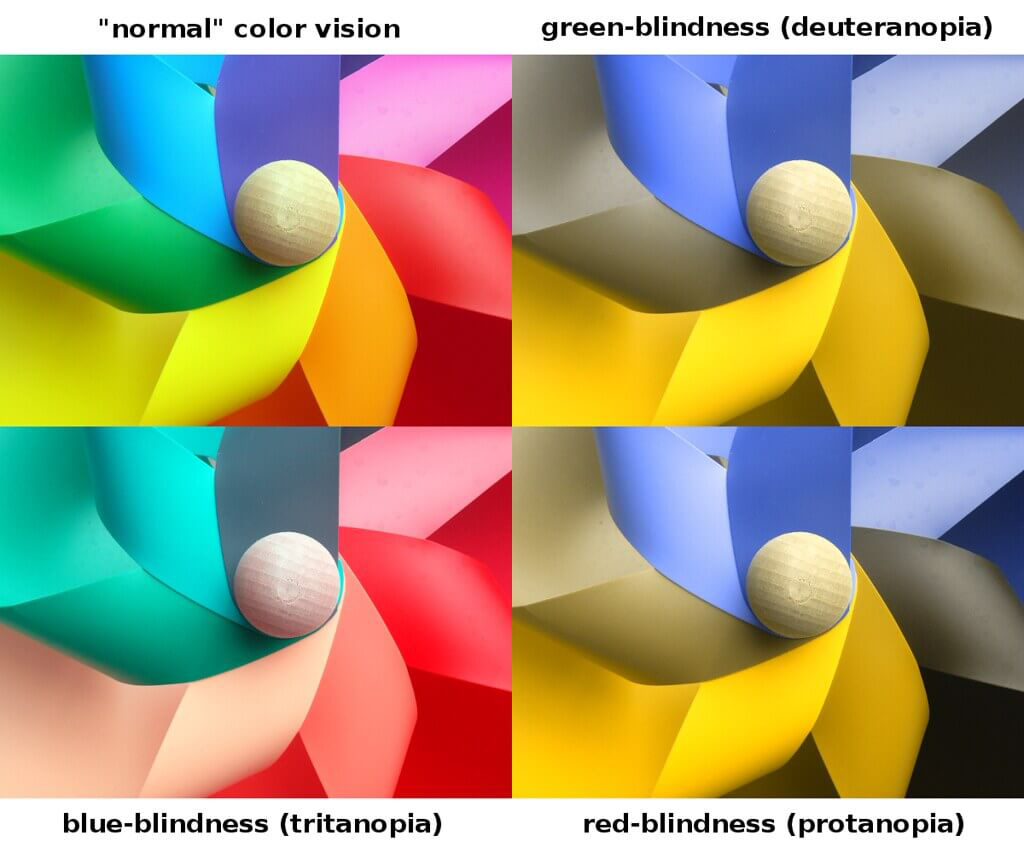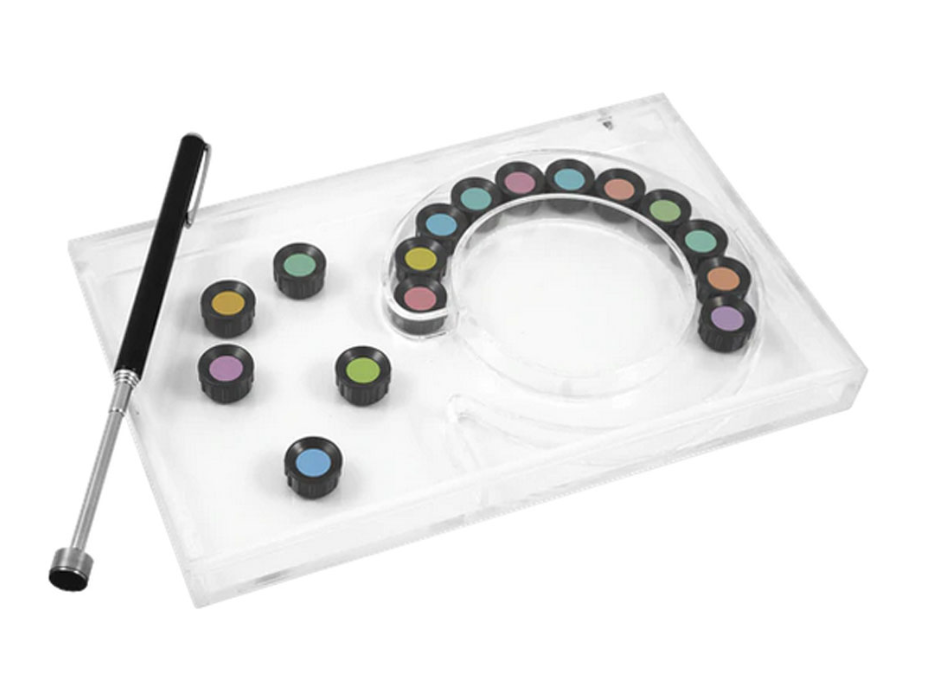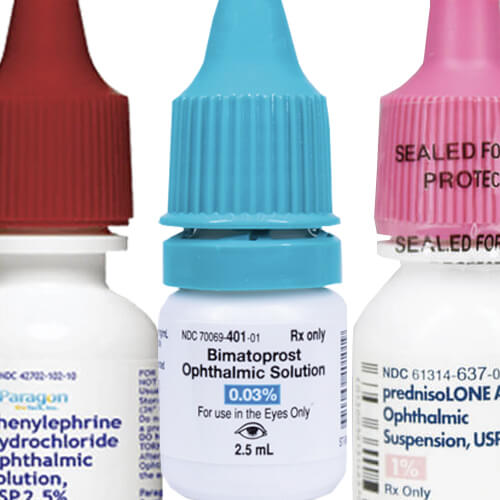Introduction to What Is Being Color Blind:
Color blindness is a condition that affects millions of people around the world. It is caused by an absence or malfunctioning of certain photopigments in the eyes, resulting in altered color perception. People with color blindness may have difficulty distinguishing between colors and can suffer from reduced visual acuity. Visual aids can be immensely helpful to those with color blindness. However, understanding the diagnosis is essential so that patients can make well-informed decisions regarding their eyesight.




Some Patients Can Only View a Range of Color
Our eyes possess four unique cones: one for detecting light and the other three, known as Photopigments, allow us to perceive color through its wavelengths.
All substances absorb different wavelengths of light, but the color that remains when none are absorbed will determine its hue. In other words, whatever is not taken in by an object or material – whether it’s a short or long wavelength – dictates what color appears to our eyes. Human vision can be affected if photopigments in the eyes are damaged or missing, resulting in color blindness.
Although these individuals might still perceive colors, they are unable to see certain wavelengths. The most commonplace form of color blindness is red-green, which can be broken down into protanopia (blindness to red) and deuteranopia (blindness to green). An absence of long- and medium-wavelength cones produces this irregularity. Much less common is tritanopia, or blue-yellow color blindness, which can be caused by the absence of short-wavelength cones in individuals with certain medical conditions.

Testing
To determine if someone has color blindness, eye care professionals often use the Ishihara color test. This test involves a series of plates with colored dots arranged in patterns. If the patient cannot distinguish the number or shape that is hidden within the dots color blindness is likely. For those who cannot see the hidden figure, it may indicate color blindness.
Another test that may be done is the Farnsworth test. This test measures the ability to order hues in a color spectrum. It is important to note, these tests are not foolproof and may not detect more subtle forms of color blindness.
Inherited or Developed
Color blindness is inherited from the X chromosome and is most common in men. Mothers, who are typically carriers of the color blindness gene, have a fifty percent chance of passing it on to their sons. However, if their partner is also color blind then their daughter has a one-hundred percent likelihood of being a carrier and a fifty percent probability of becoming afflicted.
Developing color blindness can occur as a result of damage to the optic nerve or retina. Other causes are exposure to certain medications or chemicals or as a symptom of other underlying health conditions. Diabetes and multiple sclerosis are two of the more commonly known diseases associated with color blindness. These conditions can lead to a temporary/reversible symptom or permanent color blindness. Individuals with acquired color blindness need to discuss their diagnosis with their healthcare provider to explore potential causes and treatment options.

Color Blindness Glasses
Color-correcting lenses enhance the perception of those with certain types of color blindness by filtering out specific wavelengths of color to balance the color spectrum that reaches the eyes. These lenses may not completely correct color vision, but can improve the ability to distinguish between colors for some individuals. It is important to note that color-blindness glasses may not work for everyone and it is best to consult with an eye care professional before investing in a pair.
Finding Support and Resources for Those With Colorblindness
Living with color blindness can present unique challenges, but there are resources available to help individuals navigate their diagnosis. Diagnosed individuals with color blindness should consult their eye care provider to discuss and explore methods for maintaining the integrity of their vision.



